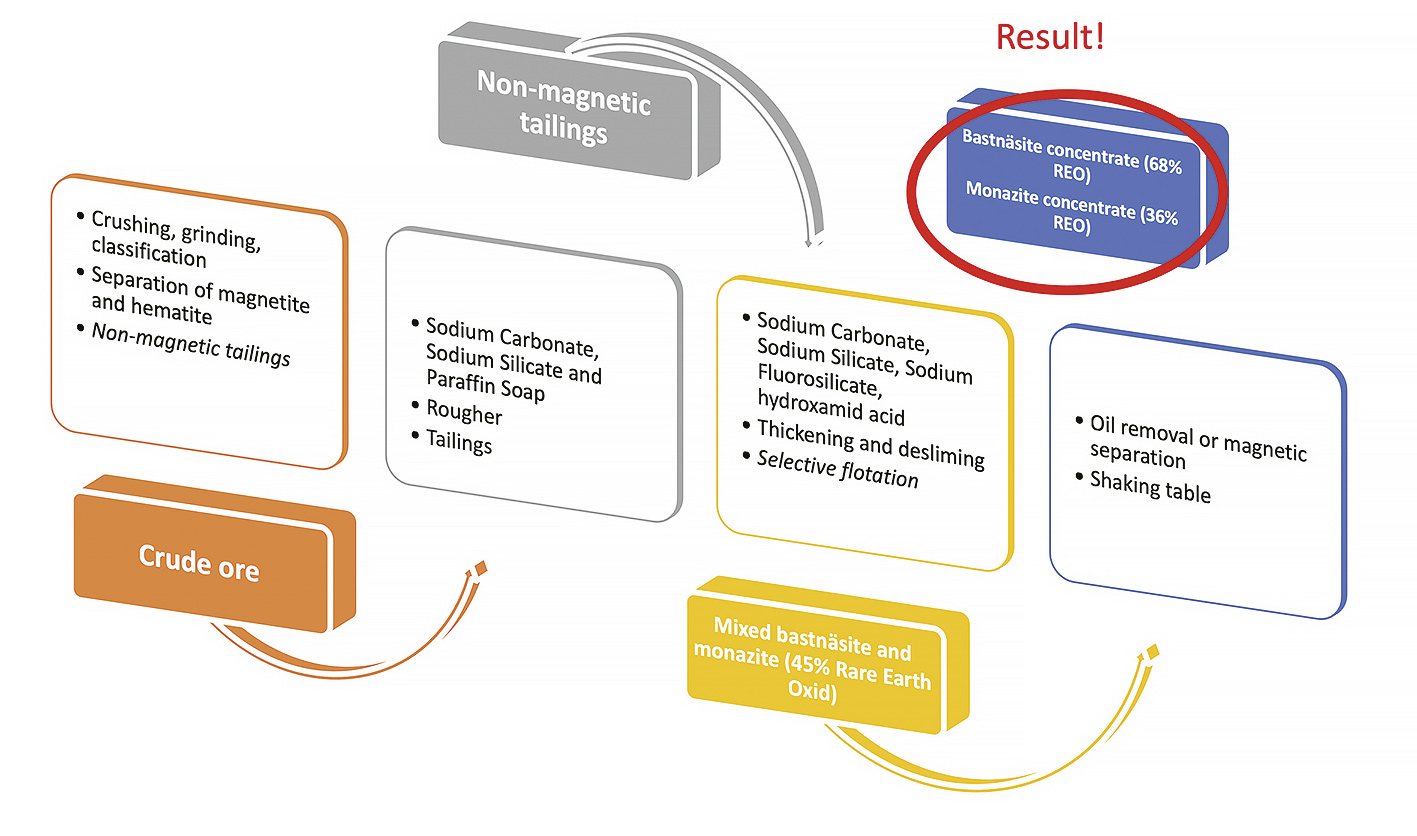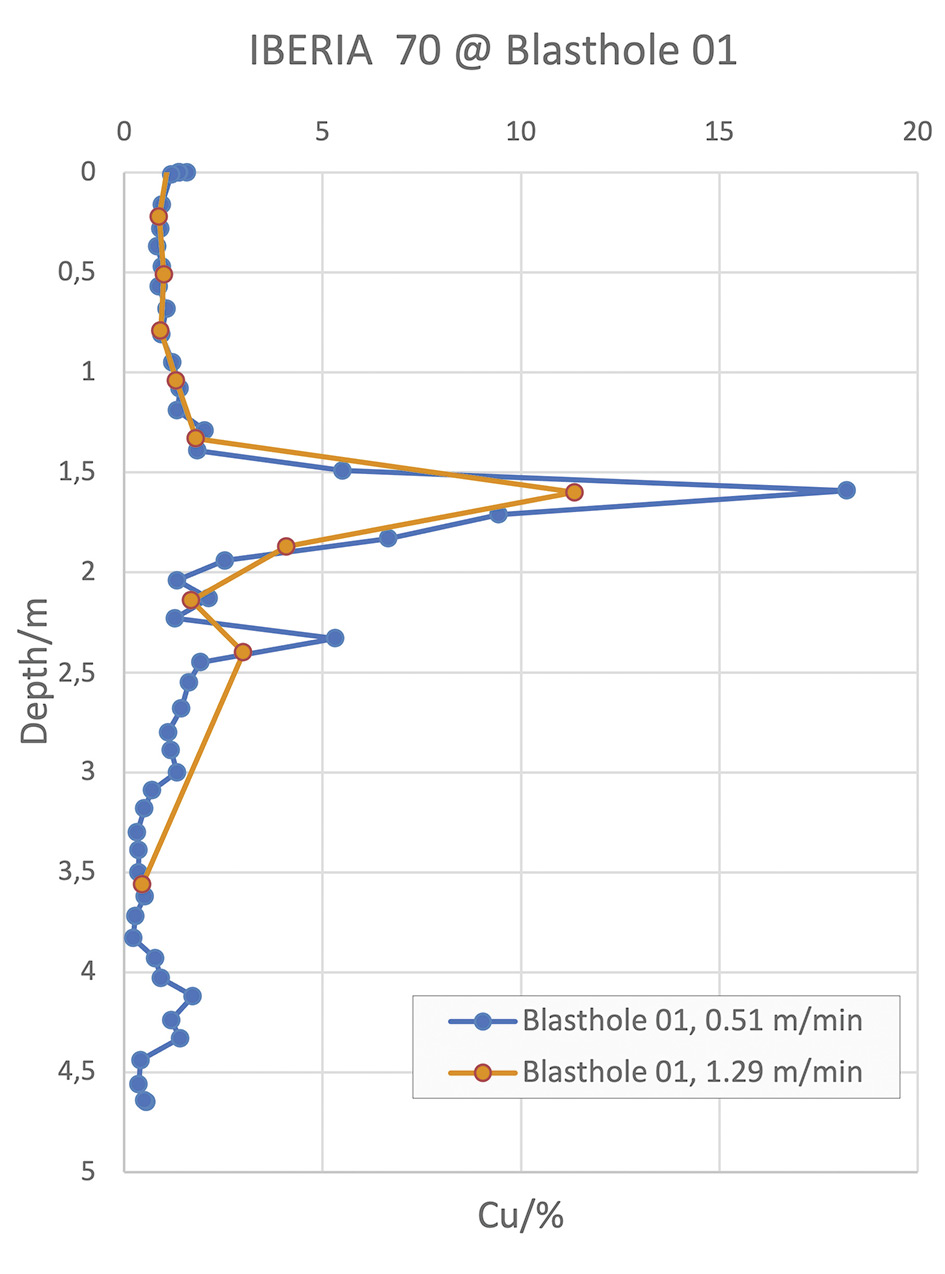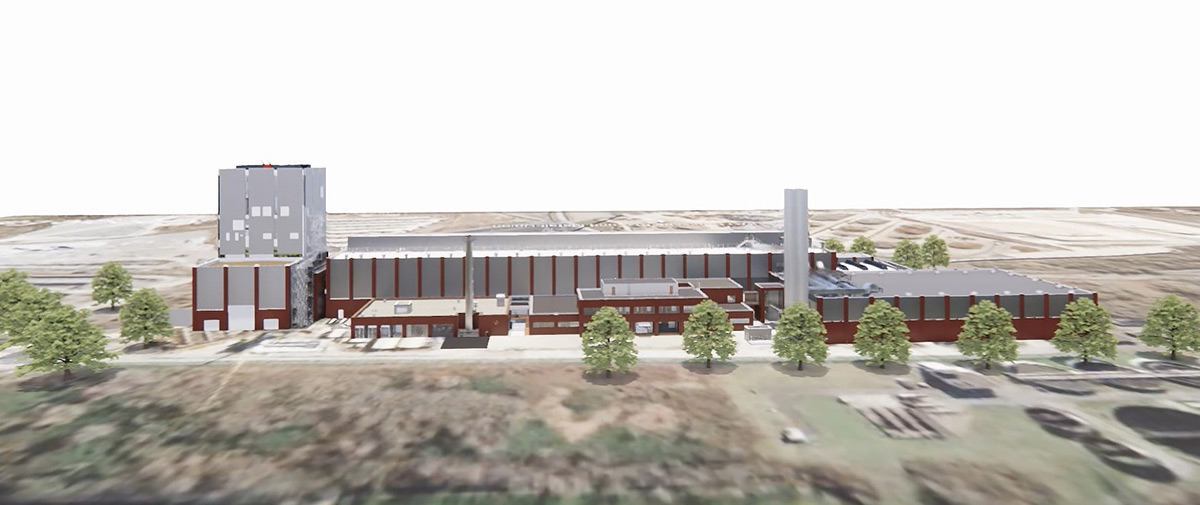Using digital technologies as part of the “smart mining” initiative will result in better information quality and availability and this should ultimately boost productivity and at the same time reduce the environmental footprint being left by the mining industry. In this respect digitisation covers practically every aspect of the value chain as it relates to modern raw materials production, ranging from the exploration of the deposits right through to site reclamation and recommissioning. While the laboratory analysis of core samples and detrital material has been the traditional method for determining mineral content during both the exploration and the extraction phases, the XRF-based IBERIA tool can now provide real-time analysis …
Read moreWith my best regards // Mit freundlichem Glückauf
Dipl.-Ing. Andreas-Peter Sitte
Chief Editor Mining Report Glückauf, Essen
Targeting a Low-Carbon Economy Using China as an Example: The Pros & Cons of a Shift from Coal to Renewables
Climate neutrality is a global goal that requires the high integration and use of renewable energies to ensure such a transition. In this regard, China in particular, as the largest mining country in the world, is at the forefront of renewable energy production, both through hard coal and rare earths. The great potential faces crucial negative aspects: The production of energy alternatives using rare earths generates environmentally harmful gases and wastewater. Furthermore, the recycling of such products …Authors: Julia Tiganj M. A. und Prof. Dr. rer.nat. Tobias Rudolph, Forschungszentrum Nachbergbau (FZN) der TH Georg Agricola (THGA), Bochum/Germany
Read morePost-Mining as an Example of Economic Evolution. Explanatory Elements in the Work of Helmut Arndt.
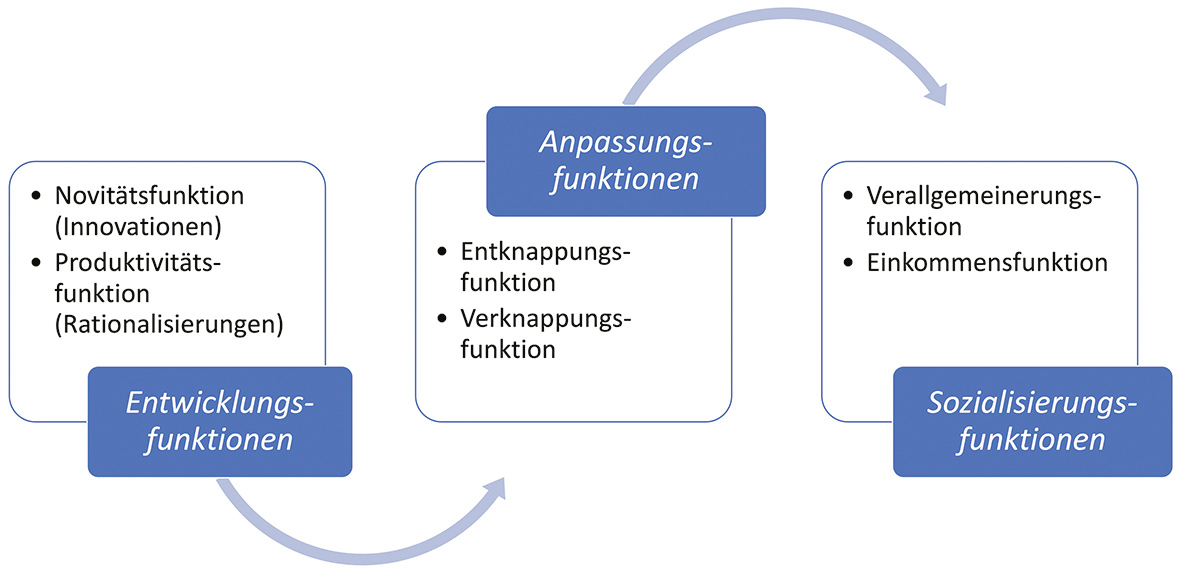
Evolutionary functions of competition, according to Arndt. Source: Arndt, H.: Lehrbuch der Wirtschaftsentwicklung. Die Evolutorische Wirtschafstheorie in ihrer Bedeutung für die Wirtschafts- und Finanzpolitik, a.a.O., hier: Prof. Heinz. J. Bontrup S. I – XLVI.
Author: Prof. Dr. rer. oec. Kai van de Loo, Forschungszentrum Nachbergbau (FZN), TH Georg Agricola (THGA), Bochum/Germany
Read moreIBERIA – In Situ Determination of Metal Concentrations
Ore grade control is often based on geochemical sampling of boreholes cores or detritus. Limitations of this method include a single assay result representing a certain borehole depth, bias generated by sampling of the material and the delay in the delivery of results which can take days or even weeks, so that many decisions in the field have to be taken without fully understanding of the real element contents of the ore body. And this despite elemental analysis is a fundamental component of mining grade control and resource block models. The XRF-based logging tool, called IBERIA, has been developed specifically for…Authors: Dr.-Ing. Claus Bachmann, Dipl.-Ing. Eduardo Yanez, J&C Bachmann GmbH, Pforzheim/Germany
Read moreTheory and Practical Experience of a Digital Twin for Optimal Operation and Maintenance of Belt Conveyors
Alarge part of the bulk material transport in mining is carried out by belt conveyors. This will increase in the future. The correct design, operation and maintenance are of decisive importance for their economic operation. Recent developments such as the use of a digital twin of the conveyor can make a significant contribution here. This article is intended to present the theory and operational practice of the digital twin “BeltGenius” for conveyor systems …Author: Dr.-Ing. Manfred Ziegler, Vice President Engineering Belt Conveyor, J. M. Voith SE & Co. KG, Crailsheim/Germany
Read moreARTUS: Decentralised Communication of Mobile Mining Machines
The ARTUS research project aimed to develop systems for a holistic implementation of a complete loading-unloading cycle conducted by an autonomous fleet of special-purpose mining vehicles. A key challenge in developing such systems is providing the communication infrastructure and ensuring technical capabilities to fulfil needs for machine-to-machine communication (M2M). This article presents project works and research results of the Institute for Advanced Mining Technologies (AMT) of RWTH Aachen University (RWTH), Aachen/Germany, in the field of …Authors: Moritz Ziegler M. Sc., Arne Köller M. Sc., Univ.-Prof. Dr.-Ing. Elisabeth Clausen, Institute for Advanced Mining Technologies (AMT), RWTH Aachen University (RWTH), Aachen/Germany
Read moreDevelopment of a Platform Demonstrator – an Experience Report

Methodology and study design for the company-specific implementation, testing and validation of the platform solution as well as for the investigation of the transformation process. Source: MRE
Authors: Julian Lassen, M. Sc., Martin Schulte B. Sc., Institute of Mineral Resources Engineering (MRE), RWTH Aachen University, Aachen/Germany, Jonas Müller, M. Sc., Leon Hecht B. Sc., FIR e. V. at RWTH Aachen University, Aachen/Germany
Read moreThe Gomer Slate Mine of MAGOG GmbH & Co. KG – from Roofing Slate to Slate Veneer
Slate has been used for many centuries as a natural building material, primarily for roofing purposes, and during this time the slate mining industry has left its mark on entire landscapes. In Germany slate mining has been practised at many different locations, these including the Harz mountains, the Franconian Forest, Thuringia, Vogtland, Siegerland, by the Lahn river, in the Taunus area, at Kaub near the Rhine river, in the Hunsrück and also north of the Moselle river, in the Eifel mountains and in Westphalia. For various reasons, mostly economic in nature, most of these mining operations closed down …Author: RBr Dipl.-Ing. Markus Billermann, Bezirksregierung Arnsberg, Abteilung Bergbau und Energie in NRW, Dortmund/Germany
Read moreSmart Repositories – BGE Goes Digital
The Federal Company for Radioactive Waste Disposal (Bundesgesellschaft für Endlagerung BGE), based in Peine/Germany, is in charge of, among other things, the conversion of the former Konrad iron ore mine into a repository for low to intermediate level radioactive waste and the decommissioning of the Asse II mine, after retrieval of the radioactive waste. The following report deals with digitisation for these projects. It discusses digital planning tools and how they are linked to each other.Authors: Dr.-Ing. Thomas Lautsch, Dr. rer. nat. Ralf Holländer, Dipl.-Inf. Christian Wilkens, Dipl. Wirt.-Ing. David Horner, Olga Grobe, BGE Bundesgesellschaft für Endlagerung mbH, Peine/Germany Read more
Digital to the Core – E2E Optimization of Mining Operations
TDigitalization touches every aspect of the mining value chain – from excavation to transport to benefaction to how minerals are stored and handled. As an end-to-end (E2E) digitalization partner for the mining industry, Siemens Minerals, Erlangen/Germany, offers a complete digital portfolio – some main elements of which are highlighted here. At each step of the way, individual processes are optimized. Yet the biggest effect is achieved when all the data generated in each area is brought together …Authors: Sunny Schoone M. Sc., Dr.-Ing. Dan Fodor, Bernardo Marinho B. Sc., Dipl.-Ing. Christian Moese-Singer, Siemens AG, Erlangen/Germany Read more
Focusing on the Future – How Rio Tinto Is Shaping Modern and Sustainable Mining
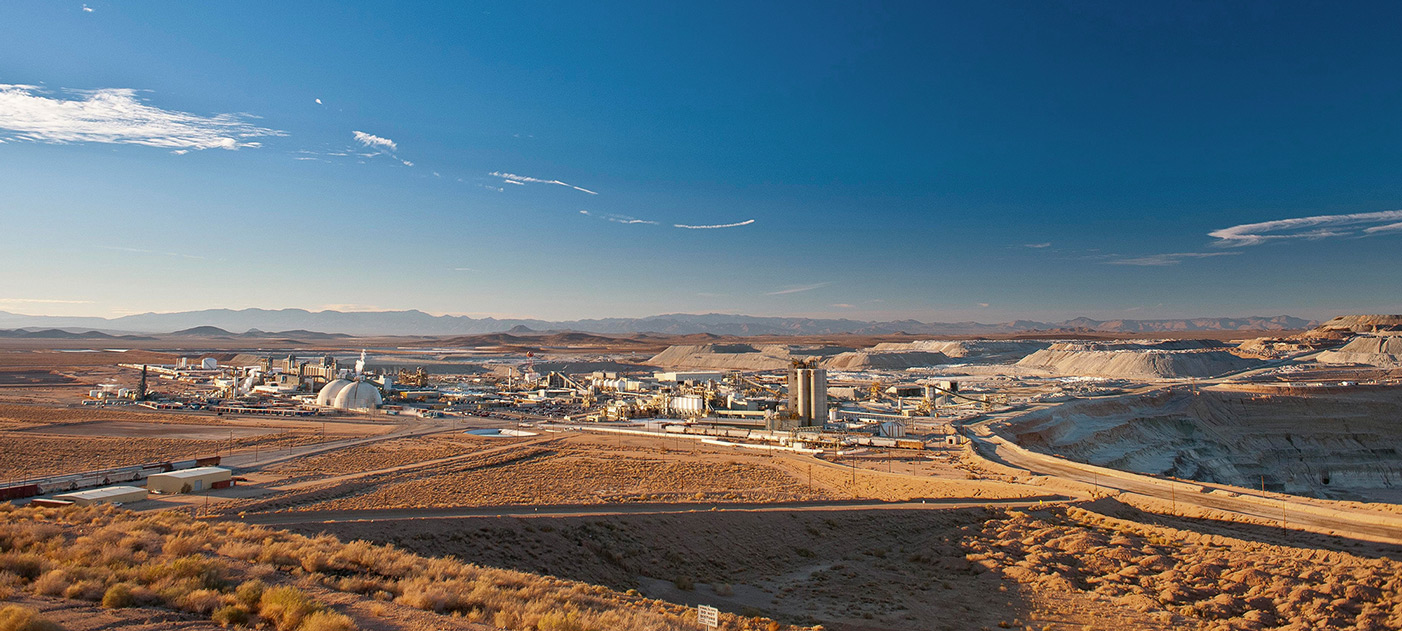
At its Boron operations in California, Rio Tinto produced battery-grade lithium from waste rock. Photo: Rio Tinto
Authors: Andreas-Peter Sitte, Chief Editor Mining Report Glückauf, Essen/Germany, Colin Mackey, Managing Director European Operations at Rio Tinto Group, London/UK Read more













